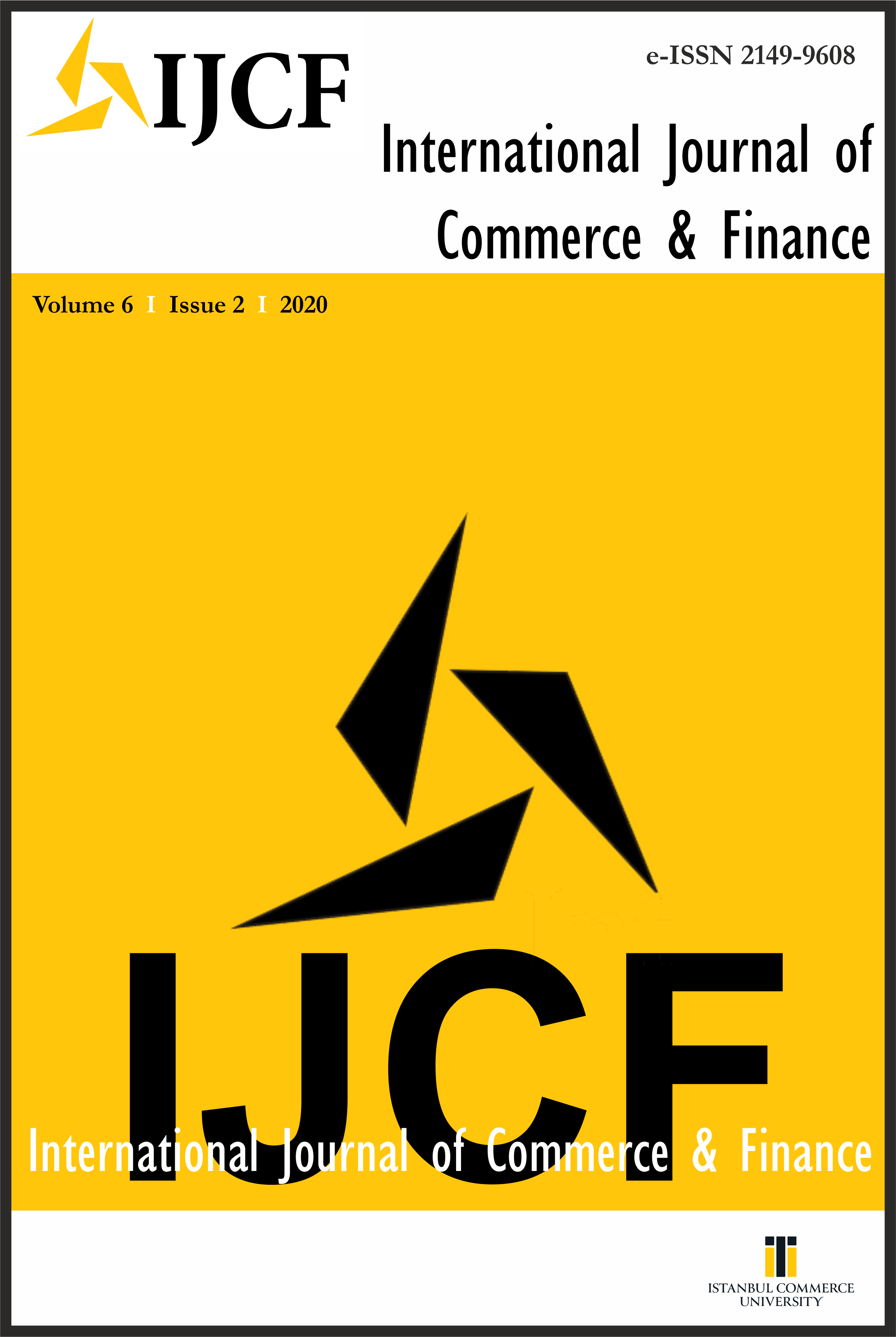Unemployment and the Macroeconomics of Ethiopia
Abstract
Unemployment has long been there for (especially) developing economies being the major development challenge. The cost of unemployment transmits in a couple of channels; of which the opportunity costs arising from lost production and the resultant social disorders are of immediate ledges. While appreciating them all, the government of Ethiopia (GoE) conveyed various schemes towards reducing unemployment to (at least the recommended) minimum rate. Despite developments in various efforts to that end, unemployment remained pronounceable policy challenge in Ethiopia. It, therefore, calls for enhanced intervention towards supporting the process of controlling unemployment in the country. The present study is principally aimed to identify those macroeconomic policy variables that are important in explaining the dynamics of unemployment in Ethiopia. We employed the annual time series data set for the period serially running from 1984 to 2018. The individual variables were all subjected to the augmented Dickey Fuller unit root tests and the mixed order of integration has been confirmed. As a result, the auto-regressive Distributed Lag model approach was employed for cointegration issues; and various possible cointegrating roots among the variables entered the unemployment model were suggested too. Our regression results reveal that, the population growth rate, economic growth rate, inflation rate, foreign direct investment, and the external debt variables are all important predictors of unemployment both in long and the short run periods. A positive impulse moves from inflation to (cyclical) unemployment in Ethiopia, whereby contrasting the Phillips hypothesis. Economic and social development policies need not be treated in isolation. Any successful monetary policy action in targeting the threshold inflation rate is supposed to be a crucial approach. Besides, enhancing productive and more labor-oriented investments serve the best long run solution to that end, too.
Keywords
Full Text:
PDFIndexing and Abstracting Services










Other Sources and Services



License

International Journal of Commerce and Finance is licensed under a Creative Commons Attribution-NonCommercial-4.0 International (CC BY-NC 4.0) License.
Mailing Address
| International Journal of Commerce and Finance Örnektepe Mah. İmrahor Cad. No: 88/2, Beyoğlu 34445 / İSTANBUL, TURKEY E-mail : hersoy@ticaret.edu.tr |



